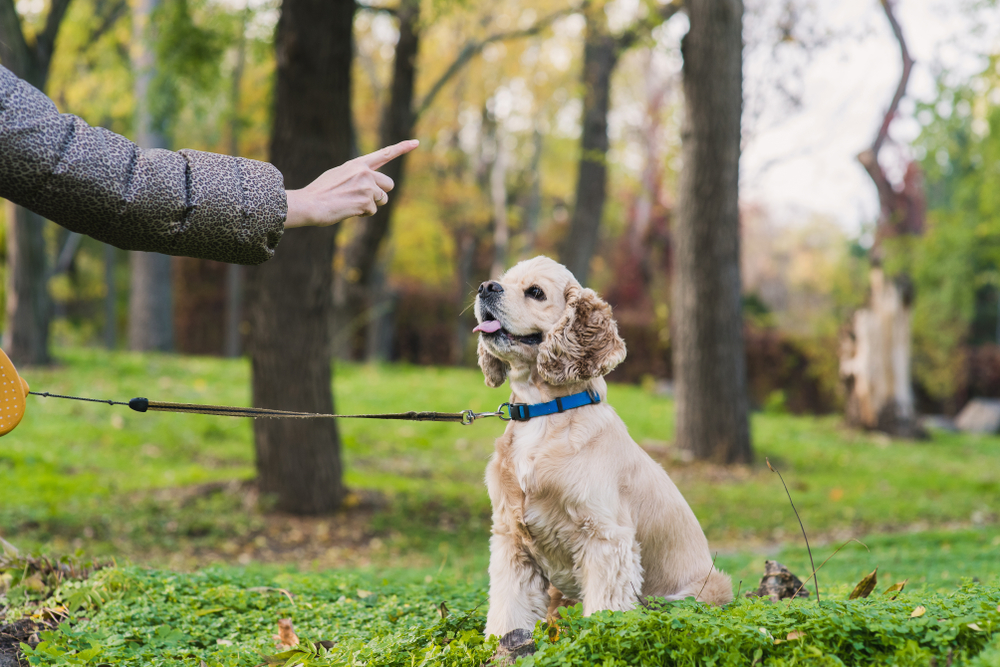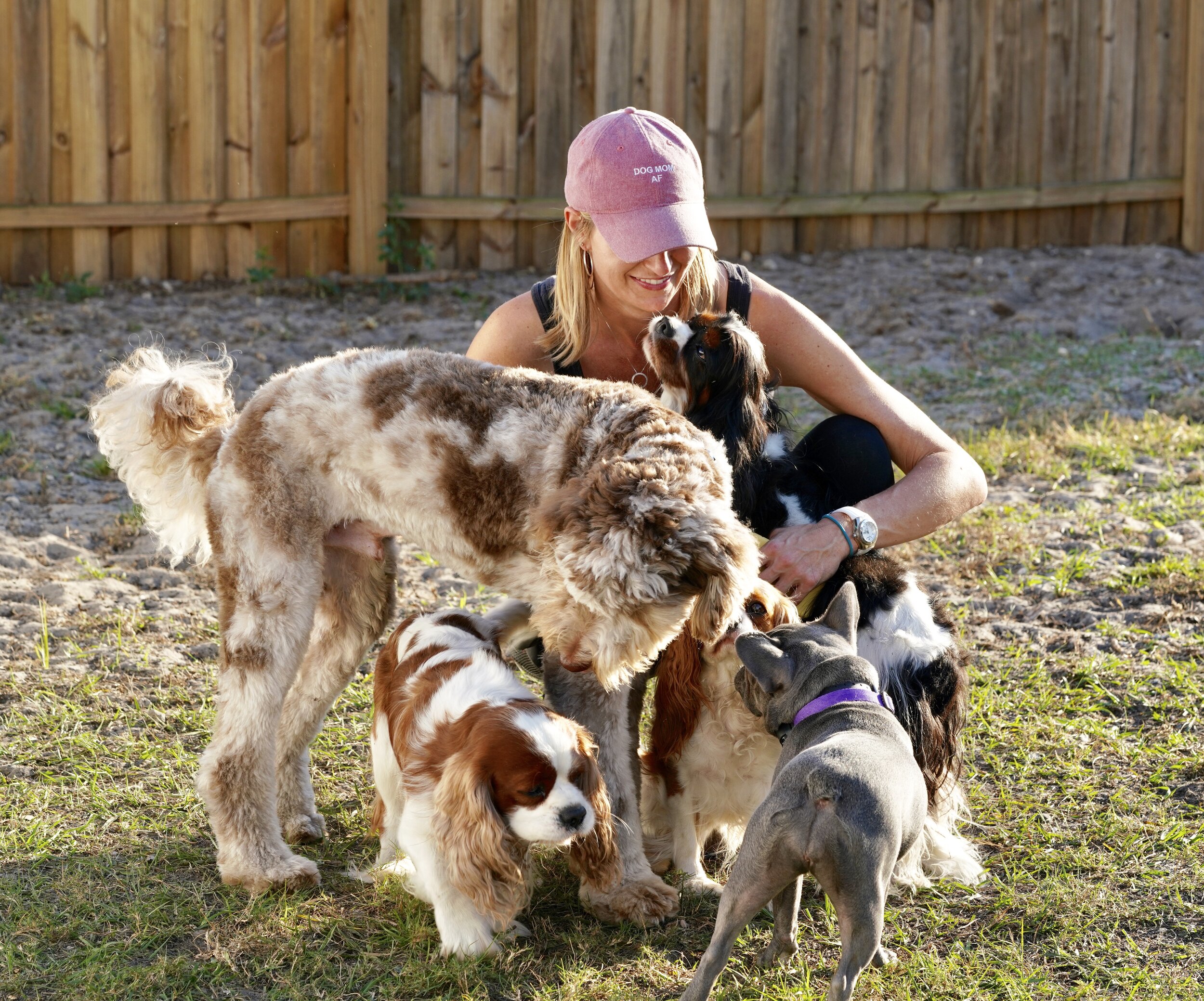Top Strategies for Effective Dog Training Techniques Every Pet Owner Should Know
Top Strategies for Effective Dog Training Techniques Every Pet Owner Should Know
Blog Article
Top Pet Dog Educating Techniques Every Owner Need To Know

Positive Support Techniques
Using favorable reinforcement methods is crucial for effective pet dog training, as it fosters a trusting bond between the pet dog and the instructor. This technique concentrates on rewarding preferable actions rather than penalizing unfavorable ones, creating an environment for learning. Incentives can consist of treats, praise, or playtime, which motivate pets to repeat the habits that make them these benefits.

Moreover, this method boosts the pet's interest for training sessions. When dogs connect training with favorable experiences, they are more engaged and responsive. Beyond immediate behavior adjustment, positive reinforcement urges a collaborative partnership in between the dog and trainer, minimizing anxiousness and concern
To optimize efficiency, it is important to deliver benefits quickly, guaranteeing the dog attaches the behavior with the reinforcement. Basically, positive reinforcement methods not just generate better-trained pet dogs however likewise advertise a harmonious partnership between canine and proprietor.
Remote Control Training Technique
The remote control training approach is a very efficient method that constructs upon the concepts of favorable support by adding a distinctive sound to mark desired behaviors. This technique uses a small portable tool that generates a clicking noise, enabling instructors to communicate with their dogs in a clear and immediate manner. When a dog does a behavior that the proprietor desires to encourage, the remote control is turned on, adhered to by an incentive, typically in the kind of deals with or appreciation.
The trick to effective clicker training hinges on consistency and timing. It is important to click at the precise moment the desired behavior occurs, making certain that the pet associates the noise with the action and the subsequent incentive. This method not just enhances interaction however likewise fosters a stronger bond between the owner and the dog, as it encourages interaction and communication during training sessions.
Remote control training can be related to a selection of habits and commands, from standard obedience to a lot more complex methods. Its flexibility and performance make it a preferred technique among expert instructors and animal proprietors alike, paving the means for a receptive and trained canine buddy.
Leash Training Fundamentals
Reliable chain training is vital for ensuring a enjoyable and risk-free strolling experience for both pets and their owners. A level collar might work for some canines, while others may profit from a harness that reduces drawing.
Introduce your pet dog to the leash slowly, allowing them to explore it in a comfortable setting. This entails rewarding your pet dog for strolling close to you instead than drawing ahead.
If your canine begins to draw, quit strolling promptly. Furthermore, method various strolling settings to assist your canine adapt to disturbances.
Normal practice will certainly solidify your pet's understanding of chain etiquette. Keep in mind that chain training is a continuous process; patience and uniformity will generate the most effective outcomes, promoting a positive experience for both you and your canine friend.
Socialization Techniques
Socialization is a vital element of dog training that must preferably start during puppyhood yet can be helpful at any age. Reliable socialization aids pet dogs develop self-confidence and reduces the chance of behavioral concerns. To execute effective socialization approaches, expose your canine to a variety of atmospheres, individuals, and other pets.
Beginning with regulated settings, such as pup classes or organized playgroups, where young dogs can communicate safely. Progressively introduce your canine to new experiences, including various noises, surface areas, and activities. Make sure these encounters are positive and satisfying to develop a sense of safety and security.
For grown-up dogs or those doing not have exposure, begin with low-stress scenarios. Short, positive communications with calm pets and pleasant people can produce positive associations. Make use of treats and appreciation to reinforce desirable behaviors throughout these experiences.

Uniformity and Perseverance
Identifying the importance of uniformity and persistence in dog training is crucial for accomplishing lasting results. Irregular training can lead to confusion, making it hard for the canine to realize commands or habits, eventually preventing progress.
Moreover, persistence is an essential component of effective training. Pet dogs, like human beings, learn at their own speed. Some might realize ideas quickly, while others may take longer. It is essential for owners to stay encouraging and calm, strengthening positive habits without you could look here considering aggravation or penalty. This fosters a relying on partnership in between the dog and owner, motivating a much more passionate and ready student.
To cultivate consistency and patience, develop a regular training regular, make use of the exact same commands, and ensure that all relative apply the exact same training principles - Dog training. By doing so, you develop a steady environment favorable to finding out, allowing your canine to create and grow right into a mannerly buddy
Conclusion
In conclusion, reliable pet training strategies, such as favorable support, clicker training, and correct chain training, are vital for promoting a healthy owner-dog relationship. In addition, carrying out socialization approaches and keeping uniformity and patience throughout the training procedure contributes dramatically to a canine's overall well-being. By incorporating these techniques, dog proprietors can help with the growth of well-adjusted, loyal pets, inevitably improving the lifestyle for both the owner and the pet.
Among the most special info prominent approaches are positive support, clicker training, and chain training, each offering special benefits that add to a well-behaved pet. As we explore these basic methods, it becomes obvious that mastering their subtleties can significantly influence the training experience and the dog's total actions.Using favorable support strategies is crucial for effective pet dog training, as it fosters a trusting advice bond in between the trainer and the pet.In verdict, effective canine training strategies, such as favorable reinforcement, remote control training, and correct leash training, are crucial for fostering a healthy and balanced owner-dog relationship. By integrating these methods, pet dog owners can help with the growth of well-adjusted, obedient family pets, eventually improving the high quality of life for both the canine and the proprietor.
Report this page